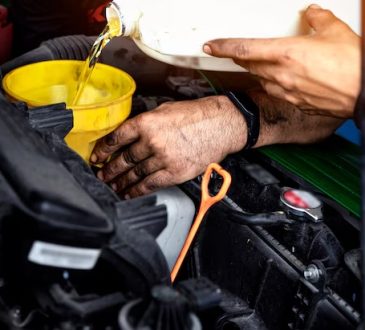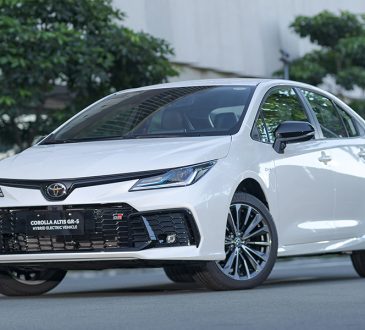
Introduction The European Union requires that all vehicles sold within its borders meet specific safety and environmental standards. In order to prove compliance with these standards, several different types of documents must be obtained and maintained by the vehicle’s manufacturer or importer.
Types of Documents: Euro-certificat.com .
- Technical Construction File (TCF) The Technical Construction File is a comprehensive document that outlines all of the technical specifications of the vehicle, including its design, manufacturing process, and testing methods. The TCF must be submitted to the European regulatory authority, the European Commission, for approval before the vehicle can be placed on the market .
- Type Approval Certificate (TAC) The Type Approval Certificate is issued by the European regulatory authority and confirms that the vehicle has been approved for sale in the European Union. The TAC lists all of the relevant standards and regulations that the vehicle has been tested and approved for, including safety, environmental protection, and electromagnetic compatibility.
- European Whole Vehicle Type Approval (EWVTA) The European Whole Vehicle Type Approval is a certificate that indicates that the vehicle has been approved for sale in the European Union as a whole, rather than just in individual member states. This certificate is issued by the European regulatory authority and indicates that the vehicle meets all of the relevant safety, environmental, and technical standards.
- Declaration of Conformity (DoC) The Declaration of Conformity is a document that is issued by the manufacturer or importer of the vehicle and confirms that the vehicle meets all of the relevant European standards and regulations. The DoC must be kept on file by the manufacturer or importer and made available to regulatory authorities upon request.
- National Approval Certificates In addition to the documents listed above, some member states of the European Union may require additional national approval certificates for vehicles to be sold within their borders. These certificates indicate that the vehicle meets specific national standards and regulations and may vary from country to country.
Conclusion The homologation of a vehicle in the European Union involves obtaining and maintaining a series of documents that demonstrate compliance with safety, environmental, and technical standards. The most important of these documents are the Technical Construction File, Type Approval Certificate, European Whole Vehicle Type Approval, Declaration of Conformity, and any necessary national approval certificates.
Meta Title: Understanding the Types of Documents Required for European Vehicle Homologation Meta Description: Learn about the various types of documents required for European vehicle homologation, including the Technical Construction File, Type Approval Certificate, European Whole Vehicle Type Approval, Declaration of Conformity, and National Approval Certificates.




